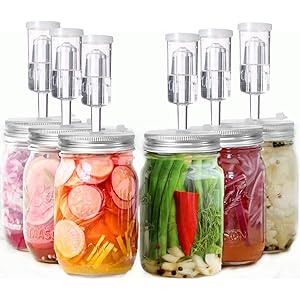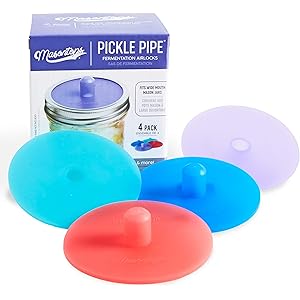Understanding Kombucha and SCOBY
Kombucha is a fermented tea beverage that has gained immense popularity due to its health benefits and unique flavor. The key component in making kombucha is the SCOBY, which stands for Symbiotic Culture of Bacteria and Yeast. This gelatinous mass is responsible for the fermentation process, transforming sweetened tea into the tangy, effervescent drink that many enjoy. Understanding the role of SCOBY is essential for anyone looking to explore the easy way to make kombucha SCOBY at home.
Ingredients Needed for SCOBY Creation
To create your own SCOBY, you will need a few basic ingredients. The primary components include black or green tea, sugar, and a starter culture, which can be obtained from a store-bought kombucha. The sugar acts as food for the yeast, while the tea provides the necessary nutrients. It is crucial to use organic ingredients whenever possible to ensure the best results in your fermentation process.
Step-by-Step Guide to Making SCOBY
The process of making a SCOBY is relatively simple and can be broken down into a few key steps. First, brew your tea and dissolve the sugar in it while it is still warm. Allow the mixture to cool to room temperature before adding the starter kombucha. Pour this mixture into a clean glass jar and cover it with a breathable cloth secured with a rubber band. This allows air to circulate while keeping contaminants out, setting the stage for fermentation.
Fermentation Time for SCOBY Development
Once your mixture is prepared, it is time to let it ferment. Place the jar in a warm, dark place, ideally between 70°F and 85°F (21°C to 29°C). The fermentation process can take anywhere from 7 to 30 days, depending on the temperature and the specific conditions of your environment. During this time, you should observe the formation of a new SCOBY layer on the surface of the liquid, indicating that the fermentation is progressing.
Signs of a Healthy SCOBY
As your SCOBY develops, it is important to monitor its health. A healthy SCOBY will appear thick, rubbery, and have a beige or brownish color. You may also notice bubbles forming, which is a sign of active fermentation. If you see any signs of mold or an off-putting smell, it is best to discard the batch and start over. Ensuring a clean environment and using proper techniques will help you achieve a robust SCOBY.
Get more content like this!
Sign up to receive updates and new terms first hand.
Using Your SCOBY for Kombucha Brewing
Once your SCOBY is fully formed, you can start brewing your kombucha. Begin by preparing a new batch of sweetened tea, allowing it to cool before adding your SCOBY along with some of the previously fermented kombucha. This starter tea helps to kickstart the fermentation process. Cover the jar again with a breathable cloth and let it ferment for another 7 to 14 days, depending on your taste preference.
Storing Your SCOBY
If you find yourself with multiple SCOBYs or need to take a break from brewing, proper storage is essential. You can store your SCOBY in a jar with some sweetened tea in the refrigerator. This will keep it dormant until you are ready to brew again. Make sure to check on it periodically and feed it with fresh tea if you plan to keep it for an extended period.
Common Mistakes to Avoid
When embarking on the journey of making your own SCOBY, there are several common mistakes to avoid. One of the most significant errors is using metal utensils or containers, as they can react negatively with the acidic kombucha. Additionally, ensure that your brewing environment is clean and free from contaminants. Over-fermentation can also lead to overly sour kombucha, so it’s important to taste your brew regularly.
Benefits of Homemade SCOBY
Creating your own SCOBY at home offers numerous benefits. Not only does it save money compared to purchasing store-bought kombucha, but it also allows you to customize flavors and fermentation times to suit your preferences. Furthermore, home brewing can be a rewarding and educational experience, providing insight into the fermentation process and the science behind it.
Exploring Variations of Kombucha
Once you master the easy way to make kombucha SCOBY, you can experiment with various flavors and ingredients. Adding fruits, herbs, or spices during the second fermentation can enhance the taste and offer unique health benefits. Popular additions include ginger, berries, and citrus fruits, which not only add flavor but also provide additional nutrients to your kombucha.




